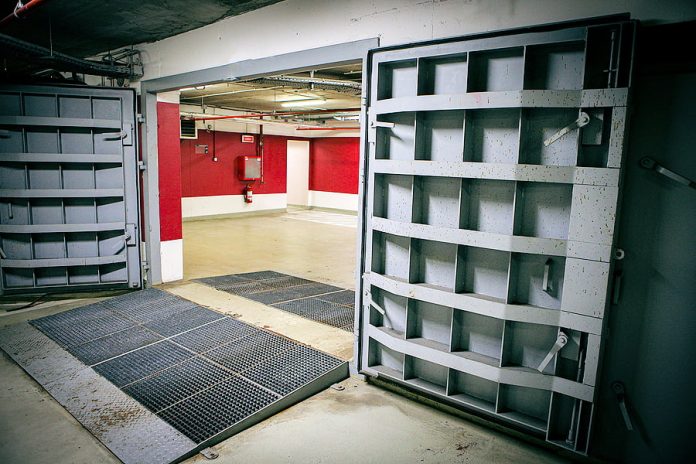What are my options when it comes to installing parts of an access control system in a dusty industrial environment? The specifications call for an installation that’s designed for flammable gases and dust.
A: The first thing you should be doing is getting your hands on AS/NZS 60079.14 – Explosive atmospheres – Part 14: Electrical installations design, selection and erection, published in 2009. It combines the general installation requirements for hazardous areas, formerly found in AS/NZS 2381.1 for gas and vapour areas, and AS/NZS 61241.14 for combustible dust areas.
You also need to either be qualified as outlined in the standards or you need to contract someone who is.
There are a number of different techniques that can be applied including exclusion, where hazardous material is kept out of the electrical systems so arcing and heat in components cannot ignite gas or dust.
Methods variously include explosion containment, which sees the solution designed to ensure an explosion that occurs inside an electrical system will be contained there. Such a technique will involve flame-proof enclosures. Then there’s the avoidance of ignition source method in which you chose gear that can’t and won’t provide an ignition source for combustible gas and dust. Other techniques include the energy limitation method in which energy in the installation is held below the minimum levels that would be needed in order to generate the heat required to create combustion.
Finally, there’s dilution. Using this technique, ventilation is applied in order to dilute the gas/air mix in order to ensure it remains below the level needed for combustion. Within the constraints of these techniques there’s a whole range of options – too many to include here – that range from non-sparking switches and hermetic sealing to sand-filled and oil immersion. As stated earlier – you need to have a thorough understanding of the different mechanisms before you start playing about with explosion protection switchgear and electrical systems.
#sen.news











